
1
2
Essay.....................................................5
Kelvin Lee..............................................6
Lily Marroquin......................................12
Emery Dolan........................................18
Via Aphrodite Cabanez........................24
Giuliana Nakashima.............................30
Wendy Tecum.......................................36
Julia Fisher...........................................42
Daniel Galvez-Zuniga...........................48
Kayla Middleton...................................54
Yazan Adham......................................60
Mark Billescas......................................66
Isabel Sanchez.....................................72
Li Kenna...............................................78
Caleb Hernandez.................................84
Rosie Nguyen.......................................90
Peter Nguyen.......................................96
Ruth Campos......................................102
Hanna Lopez......................................108
Table of Contents
3
4
18 Stories
Eighteen dreams, eighteen nightmares, eighteen directions to look, eighteen places to hide, Eighteen stories to tell.
The University of Houston’s 2024 Photography and Digital Media Senior Thesis exhibition brings together a diverse range of image-making practices across quilts, collage, installation, new media, and cyanotype printing. The works highlight subconscious realities, normalized violence, family history, embodied memory, and cultural mythmaking to explore new narratives around place-making and belonging. The exhibition employs a multiverse of imaginaries to construct and reveal the tedious balance between fact and fiction, truth and disbelief, or remembrance and forgetting. Through this exhibition, we enter into a kaleidoscopic myriad of stories surrounding us each day—waiting to be told.
Erika Mei Holum, Cynthia Woods Mitchell Assistant Curator, Blaffer Art Museum.
5

6

7
Kelvin Lee
I Know You Mean Well
I Know You Mean Well speaks of family expectations and explores where these expectations come from. Through the use of postcards that are printed and silkscreened on silver gelatin paper. The front side of these postcards contains images and text relating to family expectations that I or others have experienced. The back side of certain postcards contains handwritten messages that acknowledge the origins of these family expectations and express my own experiences and thoughts trying to live up to them.
I Know You Mean Well speaks of family expectations and explores where these expectations come from. Through the use of postcards are printed and silkscreened on silver gelatin paper. The front side of these postcards contains images and text relating to family expectations that I or others have experienced. The back side of certain postcards contains handwritten messages that acknowledge the origins of these family expectations and express my own experiences and thoughts trying to live up to them.


Save The Date, 2024 [Front]
Postcards have a history of being an object of sharing experiences visually and through brief messages, commonly using stock or appealing imagery to relay an idealized reality. These postcards allow me to create designs that portray realities where I was able to live up to the family expectations or question my current reality.
Postcards have a history of being an object of sharing experiences visually and through brief messages, commonly using stock or appealing imagery to relay an idealized reality. These postcards allow me to create designs that portray realities where I was able to live up to the family expectations or question my present and current reality.
Greetings From (maybe this) College, 2024 [Front]
8
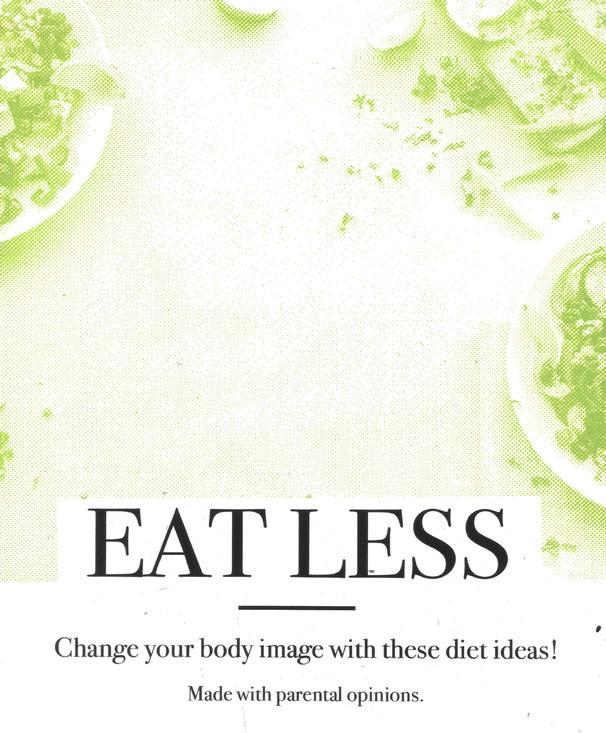
Within the exhibition space. I Know You Mean Well displays my postcards on a fridge while leaving other postcards at a dining room table for audience members to sit down and write their postcards about their experiences with their family expectations. The fridge and dining room table are used to simulate a domestic space and reference the space in which me and my own family typically share intimate moments and converse with each other. This offers a space where audience members are welcomed to not only be able to integrate their own experiences within the space but my own experience in my home.
Within the exhibition space. I Know You Mean Well displays my postcards on a fridge while leaving other postcards at a dining room table for audience members to sit down and write their postcards about their experiences with their family expectations. The fridge and dining room table are used to simulate a domestic space and reference the space in which me and my own family typically share intimate moments and converse with each other. This offers a space where audience members are welcomed to not only be able to integrate their own experiences within the space but my own experience in my home.
The mass producibility of postcards allow others to share similar but unique experiences with others. Understanding that family expectations are common within family dynamics, postcards offer the perfect vehicle for being able to share your own perhaps similar, but unique experience that only you may have experienced within your family.
The mass producibility of postcards allow others to share similar but unique experiences with others. Understanding that family expectations are common within family dynamics, postcards offer the perfect vehicle for being able to share your own perhaps similar, but unique experience that only you may have experienced within your family.

[Front]
Eat More, 2024
9

10


From Home, 2024 [Front & Back] 11
Hello

12
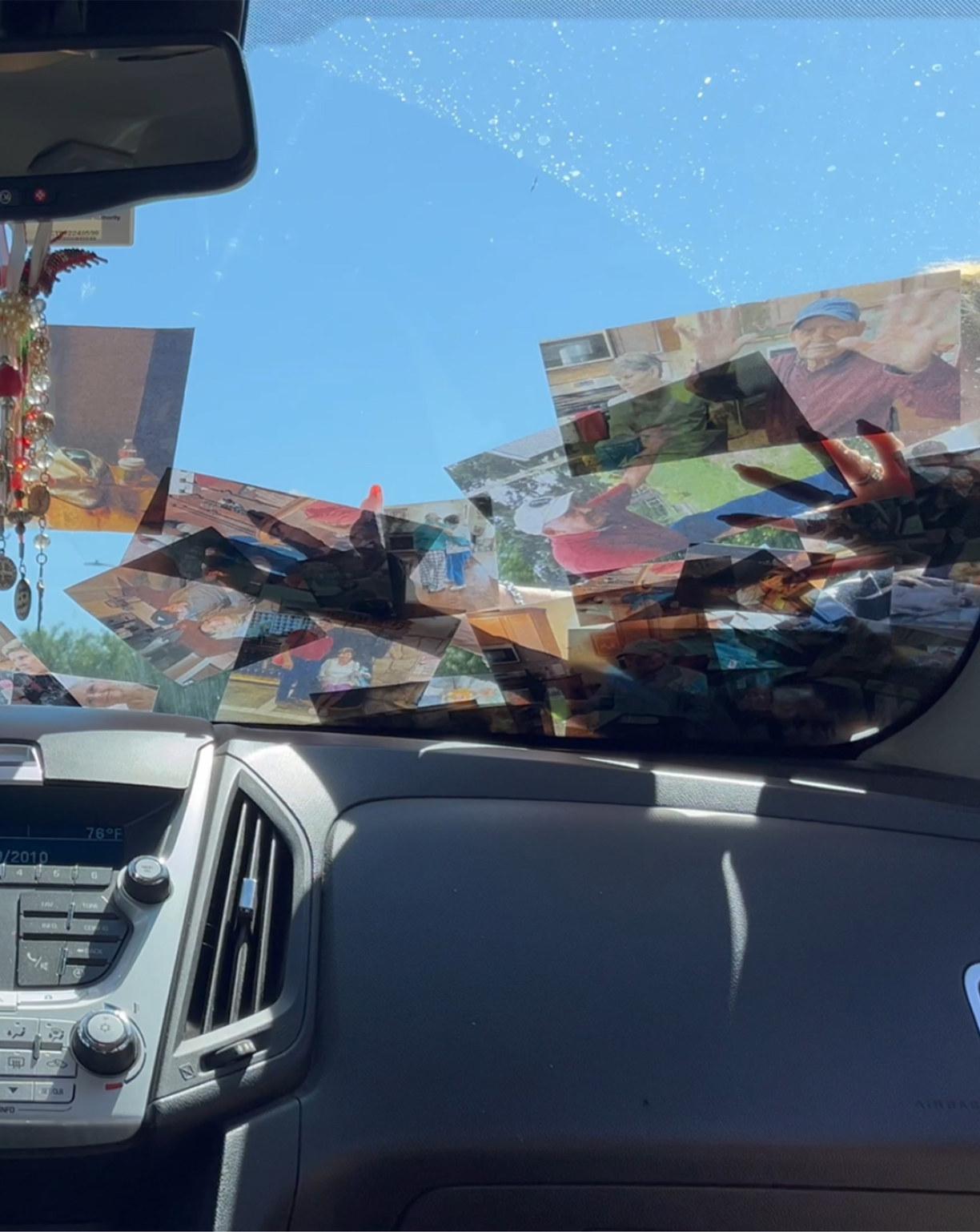
13
Lily Marroquin



Como Te Recuerdo



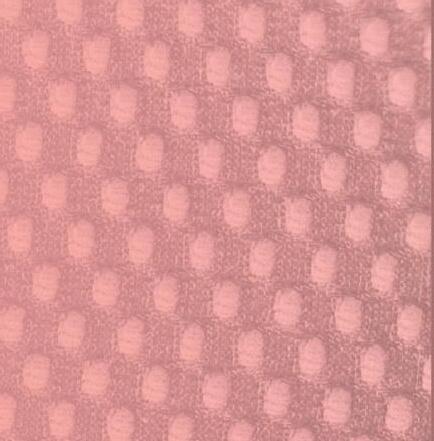

Como Te Recuerdo is a work that seeks to immortalize the memories of my Apa(grandpa) who is losing them to dementia. The work explores the idea of memory loss of a close family member using the wind as a symbol of dementia and how both are forces that we cannot yet control. Thus we are left scrambling to hold on to the memories of our loved one for them, fighting and unstoppable force for as long as we can.


14

As the video plays I have an audio sharing memories of my Apa as well as the sounds of my Apa’s car to immerse the audience into the video. To do this I recorded a video of my family members and I trying to fight the wind blowing the photos of my Apa away. The photos are of my Apa in his prime, from the time when we would talk in the car. During this time my Apa taught me Spanish. The video is shot from the inside of his car out towards the windshield so that you can see us fighting with the wind and to also connect to the place I have the most memories of my Apa.









15



















My work is influenced by the work of Eleonora Ronconi in her work Seras Mis Ojos. In this work she photographs objects and different aspects of her aunt’s house. She does this since her aunt told her she has dementia, she will have to be her eyes for her. Her photos are soft and hazy and comfortable. She captures her subjects expertly. Another influence is Gregg Segal and his work titled Remembered. In this work Gregg photographs different subjects in their home with a projected image of them in their prime thus having the past hold equal value as the present. The viewer is forced to acknowledge who the subject was before they had dementia therefore humanizing them.



























16






























In making this work I am showing the importance of my Apa in my life. I also hope to bring the seriousness of dementia to light to those who have not experienced it in their family or friends.












































































17

18

19
Emery Dolan
Threads of Consumption


20


21


22


23


24

25
Via Aphrodite Cabanez

to You 26
Close

27

28

29


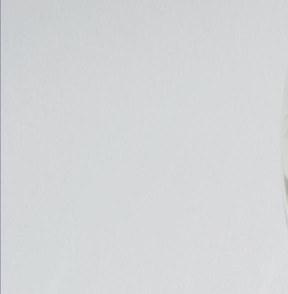



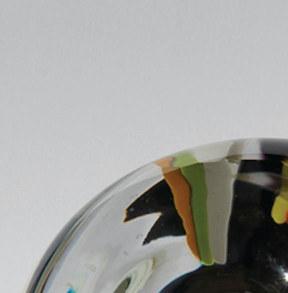














30

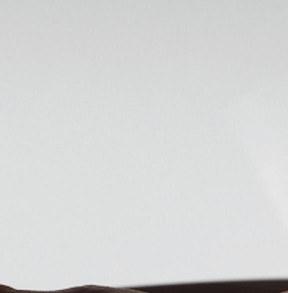
















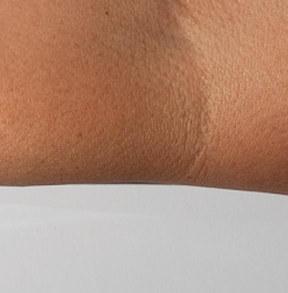


31
Giuliana Nakashima

Memories Still Rooted in Me
Memories Still Rooted On Me







Turning fifty was a milestone for me. I am still active, but the effects of aging are evident. Some parts of my body start failing, and I cannot count on them as I used to do some time ago. My daught have started drawing their paths and losing relatives and friends be come more common than I wish. Consequently, it made me reflect on my past, roots, and inheritance, how they have shaped me, wh am what I am, and whether I still have them present.
Turning fifty is a milestone for me. I am still active, but the effects of aging are evident. Some parts of me started to fail; I cannot count on my body as I used to. My daughters have started drawing their own paths and losing relatives and friends has become an unfortunate familiarity. Consequently, this has made me reflect on my past, roots, and inheritance. I use photography and my family archive to investigate how my background has shaped me into who I am and reflect on its undeniable presence as I age.



daughterswhy I

32




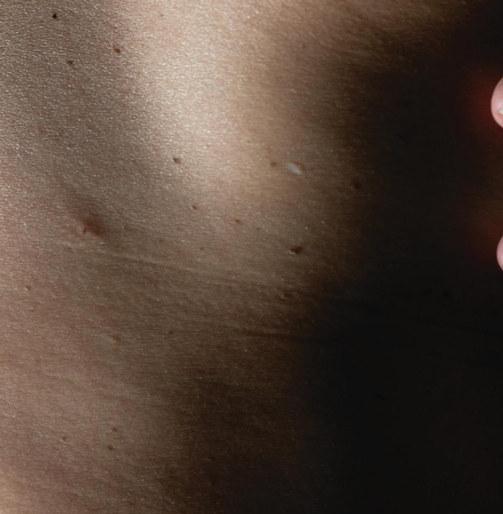



Although my grandparents were born in Ja pan, my parents’ families were completely differ ent. While my dad’s family was traditional Japa nese, my mom’s family was almost convetional Brazilian. I see it as a fundamental characteristic; it was a balance between two distinct cultures that influenced my perspectives on life, values, and personality.- I was born in Brazil, and both of my grandparents were born in Japan. However, my parents’ families were completely different. While my dad’s family was traditional Japanese, my mom’s family had more Brazilian traditions. Growing up in a multicultural household was an obstacle because, for my dad’s family, I was “too Brazilian,” and for my mom’s, “too Japanese.”

33

I explore two groups of images in this project. First, I use my family archives and some objects to represent the memories I want to remember, focusing on my past family lineage. I am the result of how my parents raised me, their values, and my relationship with my sisters and relatives. I hang these photographs from the ceiling using white thread because my grandmas and mom were excellent seamstresses. The other images illustrate how my relatives and moments have affected me as I age, addressing feelings of balance, fragility, and limitation, using parts of my body.







34



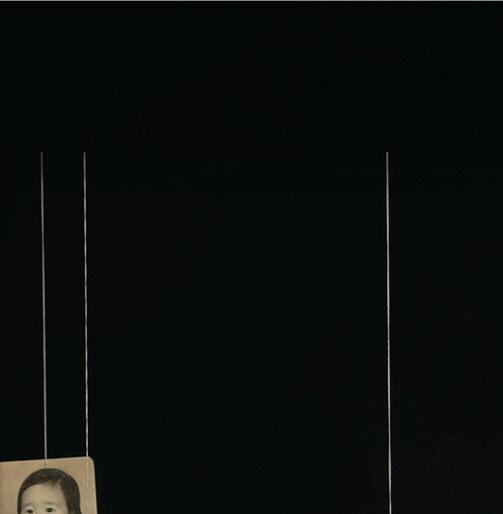



Therefore, Memories Still Rooted In Me brings part of my background to highlight its existence in my body and heart. My investigations into the past made me realize that my parents also had their stories, and the marks they left on me are critical for my development and improvement.

35

36

37
Wendy Tecum
Desconexión por no Sabe


38


39

40

41

42

43
Julia Fisher
Entre Os Lados
In “Entre os Lados”, I investigate the particularities of my upbringing as a Texan of Brazilian and British descent. While exploring thoughts of self-identity, and the feeling of disconnect from familial roots due to diaspora, I consider my mother and I’s experience and the lack of a cultural community for us to be part of in Kingwood, Texas. I reflect on the memories I have from visiting my mother’s home (Rio de Janeiro) as a young child, and how my constant need to assimilate into American culture affected the way I experienced Rio as a tourist. My adolescent mind was conflicted between being proud of my ancestry, yet worried about being relatable to my peers. Growing up feeling torn between two cultures led to my curiosity of identity within my Brazilian diaspora.


44


I explore the tension and tenderness of my memories in Rio, by staging images in front of collaged backdrops. Using archival images, Google maps screenshots, Brazilian food packaging, etc., I pull material to investigate my history and place of belonging. Google maps allowed me to traverse the streets of my family’s community and revisit memories I forgot I even had. While exploring the streets of Iraja, I came across an ice cream stand I remember visiting with my cousin. I was transported back to an exact moment when my cousin peeled the wrapper off and tossed it on the sidewalk. I instantly demanded that she pick up the plastic wrapper. In the present, I realize my American tendency to claim superior ethics. Objectively it is wrong to litter, but who was I to dictate how the land was treated. A land that I question if I even belong to.
45

I also consider my current version of myself and how these memories and practices exist in my current space. These images exist within the walls of my Houston apartment, filled with plants and items gifted by my mother. My mother’s practices and aesthetics have moved with me and are intertwined within my daily rituals. I utilize passed down recipes and food to avoid complete assimilation, yet acknowledge my discrepancies and inability to fully replicate them. Moving away from suburbia and into a diverse metropolis, the richness of the cultures surrounding me made me feel regretful for my assimilation growing up. I become torn between blaming myself until I remember my adolescent brain did not hold much agency.

46



As I paste together multiple aspects of my life into visual collages, I map the complexities of my cultural and familial identity. I contemplate the connotations of my youth and how they have transpired in my current state.
47

48

49
Daniel Galvez-Zuniga
Because You Were Here
What is Love?
Love: an intense feeling of deep affection for another arising out of kinship or personal ties; a feeling of deep romantic or sexual attachment to someone.
This project seeks to explore love in all its complexities and create a space for people to better understand it, in the hopes that readers will walk away feeling heard and understood themselves. Each chapter of the book takes the reader on a journey through the stages of life and the love felt through them, some stories paired with a photograph to set the stage and immerse the reader. All while asking the question: What is love?


50

My work is constantly influenced by my emotions and where I find myself in life, and after re-discovering myself through the latter years of college, I realized that love plays a very important role in my life. I’m filled with the love of my family and friends and want to live life through rose-colored glasses. But I realized love is far deeper than a romantic relationship, and I turned the camera outward to discover what love truly entails.
51


After hearing the stories told by strangers, friends, and family, I documented over 30 examples of love: recording conversations with people on the street and those I’m surrounded by in my life, as well as hosting an online forum where people could anonymously post their stories.

“Because You Were Here” was inspired by Sophie Calle’s “Exquisite Pain”, which explores people stories where they experienced great pain and Calle reflected upon a bwreakup she was working through. That project allowed me to reflect on my own pain and relate to others, feeling comforted in not being alone in his emotions. Which is exactly what I wish to provide for others and allow readers to discover for themselves what love might mean to them.
52


53

54

55
Kayla Middleton

ENVYNVY 56

57

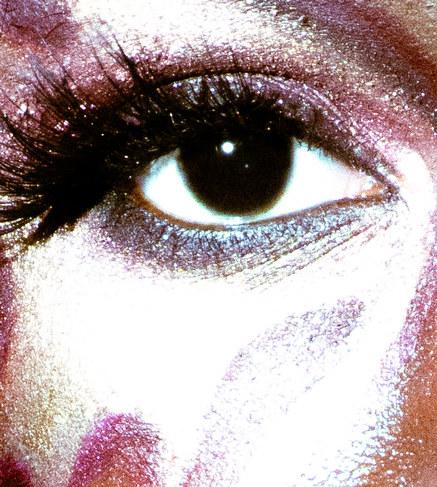

In summary, my photography explores confidence, both in others and within myself. Through observing and documenting confident individuals, I aim to understand and draw from their self-assurance while reflecting on my own insecurities. Through my photos and collages, I’m on a mission to decode their confidence. I’m watching closely, documenting not just their outward demeanor but also the way they move, interact, and express themselves. This journey is not only about capturing confidence but also about exploring my own self-perception and the impact of creativity on it. As I continue to push the boundaries of my artistic expression, I’m learning to embrace my own vulnerabilities and insecurities, using them as fuel for creativity rather than obstacles to overcome. Ultimately, it’s a reminder that through observation, introspection, and creation, we uncover profound truths about ourselves and the world.
58



59

60

61
Yazan Adham
From the River to the Sea
From the River to the Sea focuses on young Palestinian Americans and their identity in the Houston area. I use portraiture and the documentation of each person’s room in order to give the viewers an insight into the personality of each subject. Included is also an audio portion of the series that plays while the viewer is experiencing the images.
From the River to the Sea sought out not just family members but our friends too. Each layout represents a person in a different way from photos of their rooms to objects that they hold dear to them, like a necklace or a speaker. Sometimes even photos that show places they like to visit or hang out in like a restaurant. The audio portion is a way to not only show off the personalities of the subjects but to also spread awareness to what is going on in Palestine to viewers that may not know much about the subject and exactly the problems that occur there.
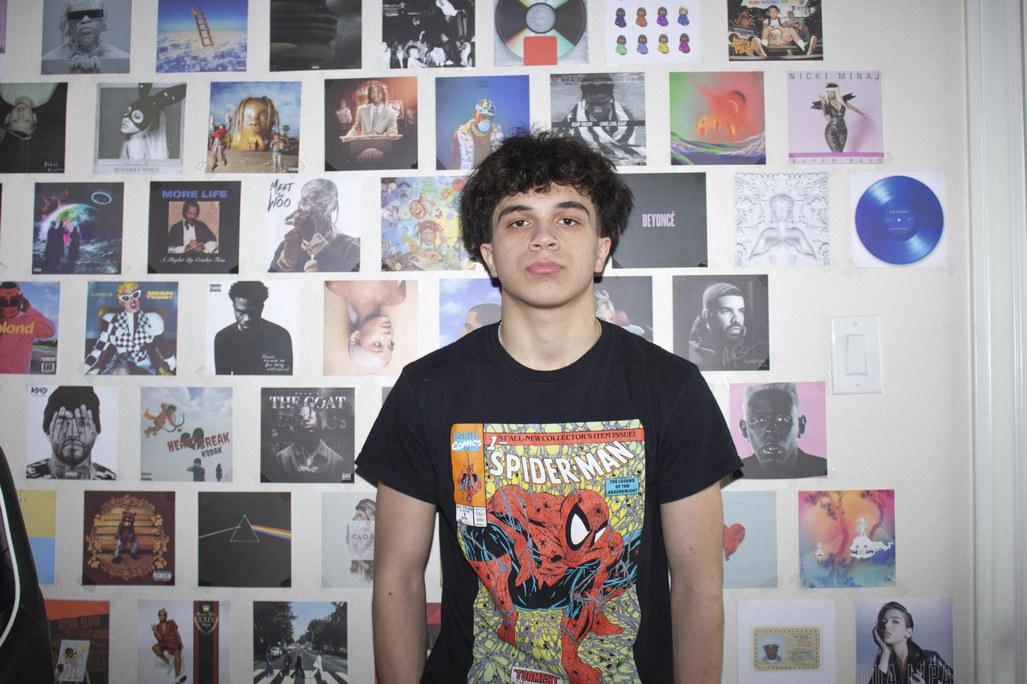

62

One quote from the audio is “Being Palestinian really shows the strength of me and my people.” And this quote is a common thought that all Palestinians have because even though most of our lives it seems like the world has turned a blind eye towards what’s been happening to us for over 75 years. So being able to have the strength of believing in us and believing in what we can do is something to be proud of when being Palestinian.

63
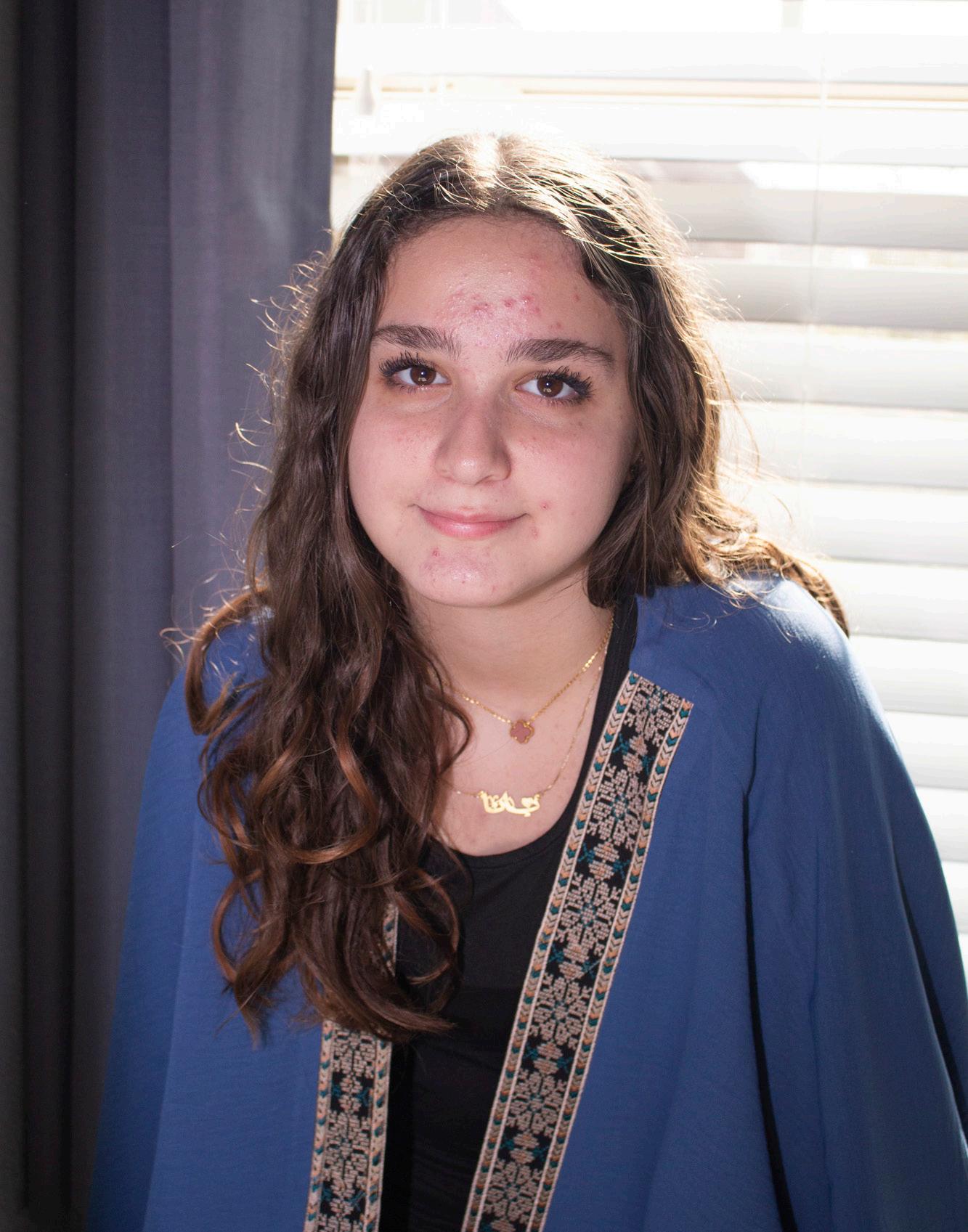


64


I created this project to show young Palestinian representation in the Houston area. Even though there is harmful media that has made Palestinians seem like they are violent, like how most of the time when media speaks about Palestinians they don’t refer to them as Palestinians but as Hamas or just talk about Gaza when it is a problem that is occurring throughout all of Palestine. My intent is to change this negative view of Palestinians and of myself. From the River to the Sea is a project that provides nuanced insight to the lives of young Palestinian Americans.


65
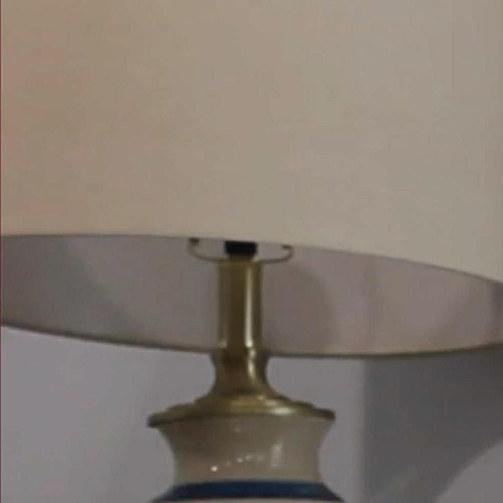
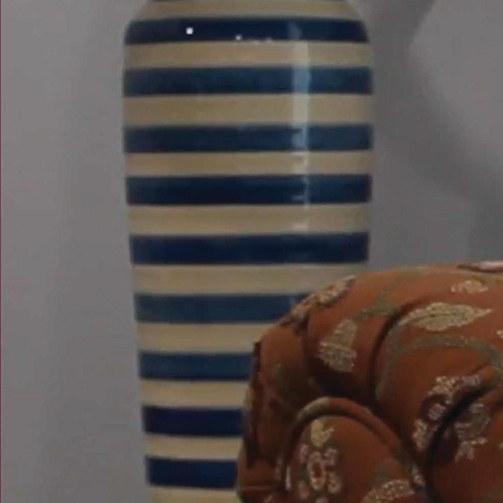






66

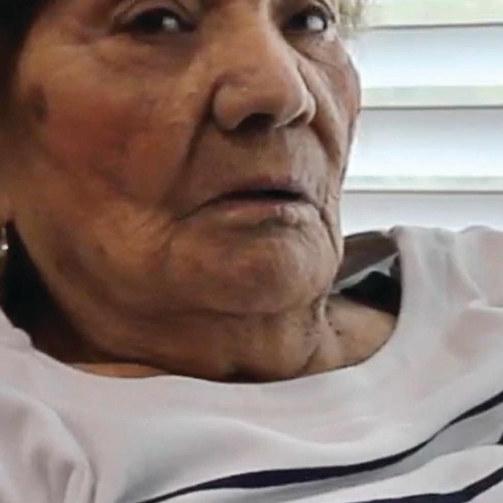





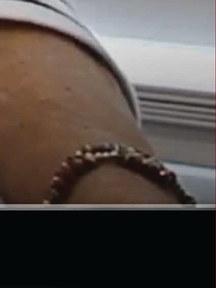
67
Mark Billescas

Family History 68

69

70

71












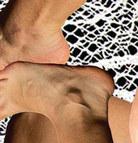
















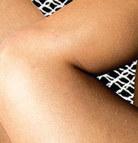





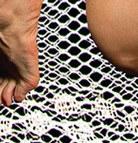







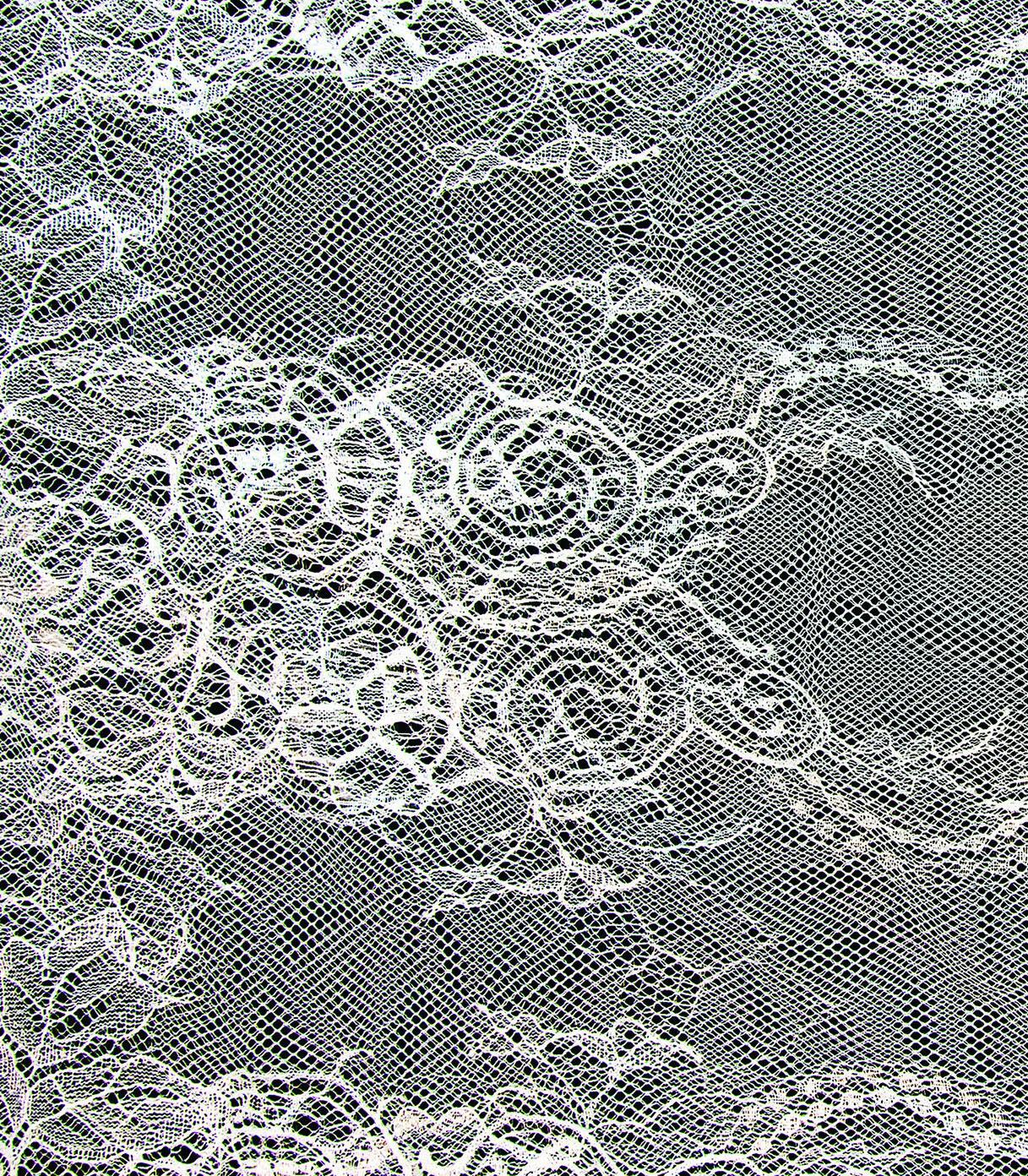
72

















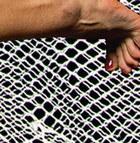
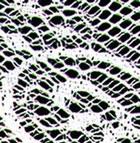












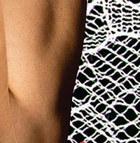

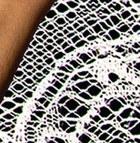










73
Isabel Sanchez
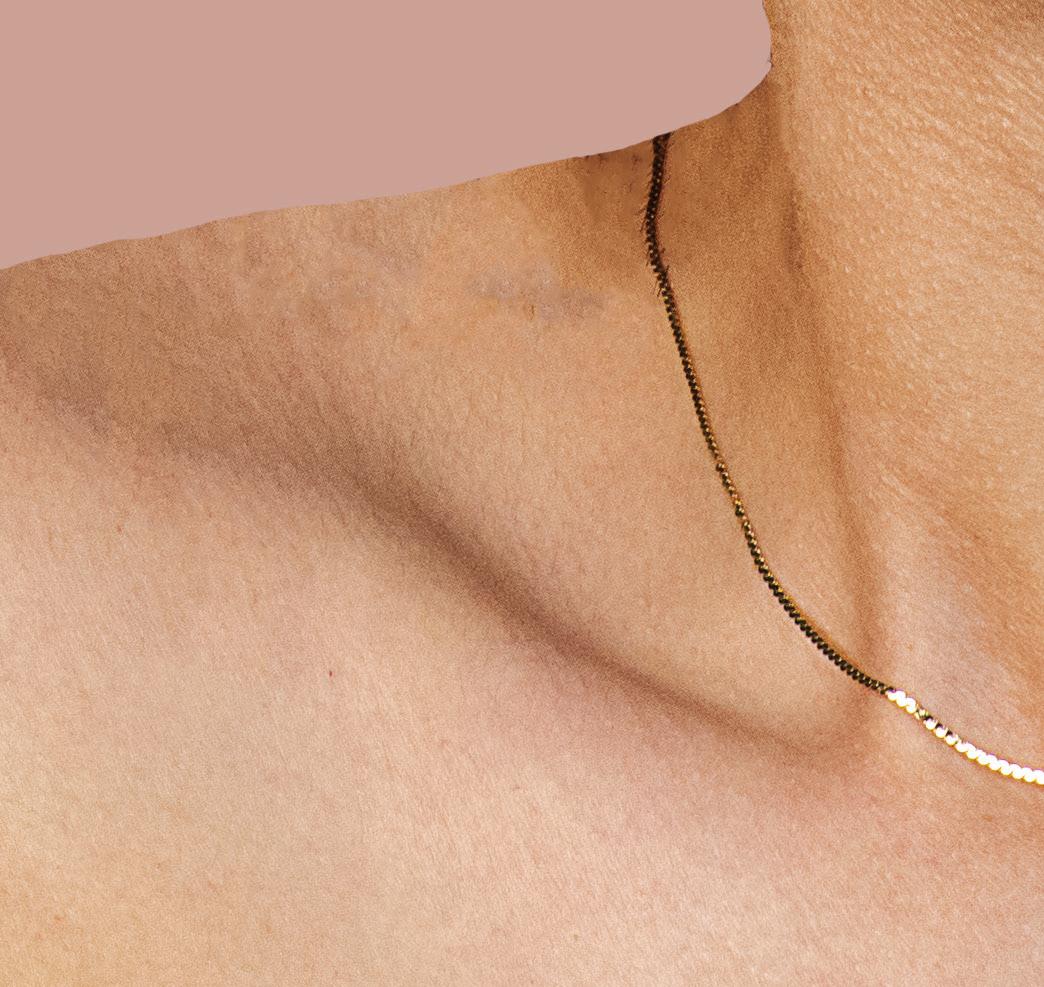
Body and Blood


The Body and Blood Altarpiece is a series of 13 photographic works describing my experiences as a woman and my attitudes toward the men and women who have subjected me to feelings of insecurity and objectification. The altarpiece features a mix of collage, portraiture, and still life to form a story of my experiences and biblical references to women’s bodies.
Growing up in a Catholic household, I have been exposed to and fascinated by the ornate artworks that decorate the church. Much like the altarpieces I have seen, the Ghent Altarpiece, a 12-panel painted altarpiece, uses its structure to inform the viewer of the life of Christ. I reference this piece by using the same structure to formulate a story based on my experiences with religion and my body.
74

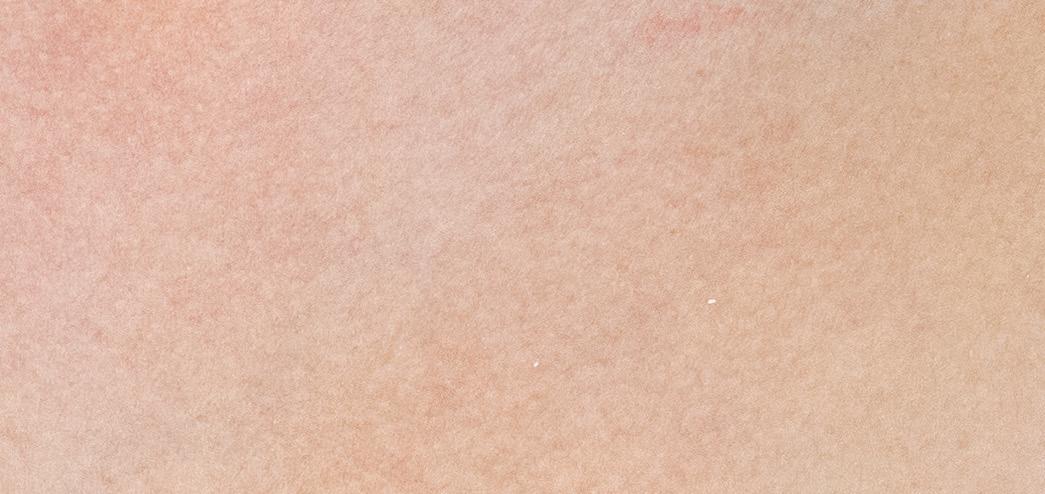

The top section of the altarpiece features a selfportrait enclosed by two photographs referencing verses where women’s bodies are spoken of in the bible. The image above references Timothy 2:9-10 which addresses how women should be modest and not adorn themselves with material items.
75


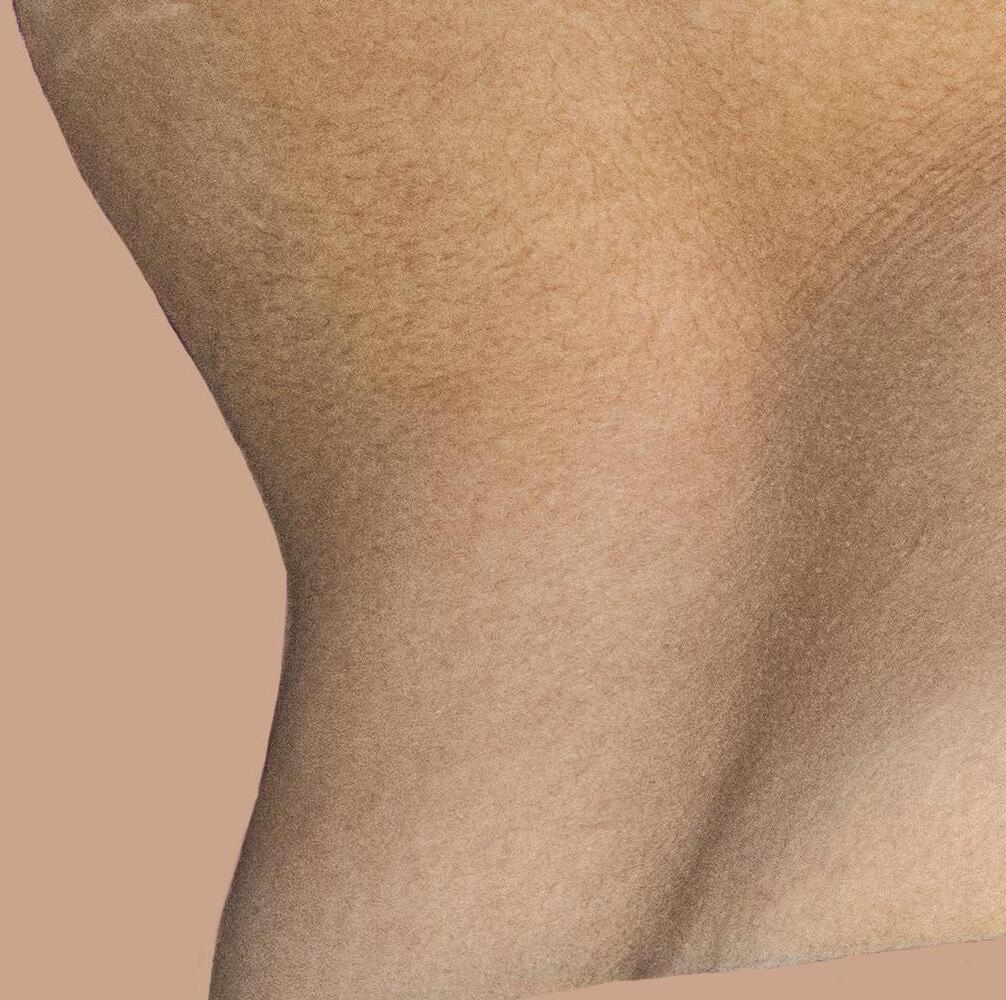
Proverbs 5:1-7:27 is referenced in the image above which speaks on adultery, men’s temptations, and how “the lips of a forbidden woman drip honey”. By using biblical references, I create narratives that relate to moments where people use religion as an excuse for judgment and their personal agenda.
76


The flanking sides of the middle register and closed altarpiece feature collage works of my body parts that men and women have objectified me. The collage works serve as representations of the unsettling and grotesque feelings I have toward my body.
Lastly, the bottom section directly references the environment in the Ghent Altarpiece where the audience watches the sacrifice of a lamb which symbolizes Christ’s death. In my rendition, the audience is gazing at a mass of male and women body parts that represent those who have made me feel ashamed and unfit in my body. I use the same environment and actions to recreate a sacrificial act against those who have caused those feelings. In doing so, I highlight the importance of reclaiming my body and the woman’s perspective as expressed in Joiri Minaya and Justine Kurkland’s collage works.

77
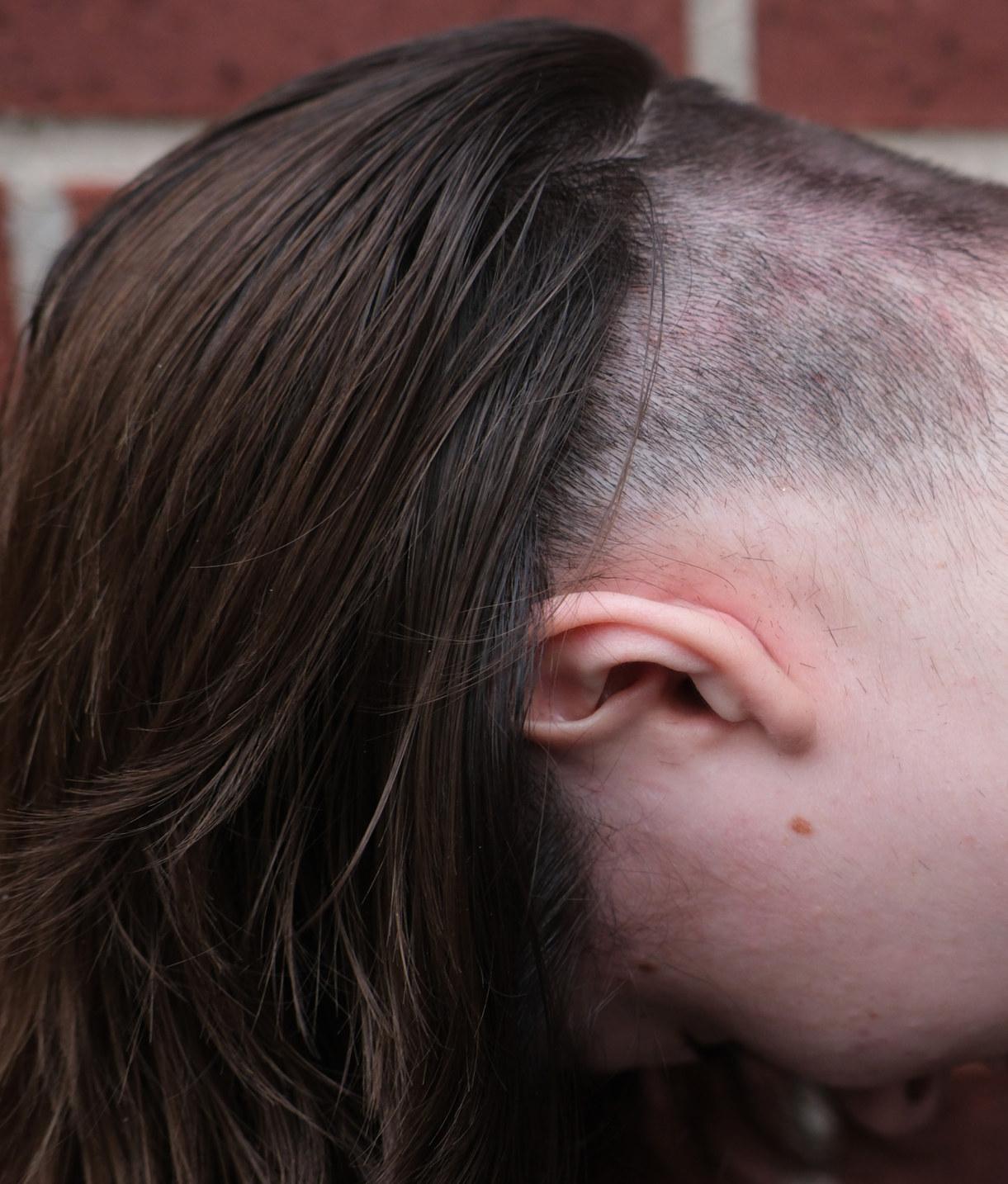
78

79
Li Kenna

The Crooks of my Body
80

81

82

83










84










85
Caleb Hernandez

86
Mendacium

87

88

89
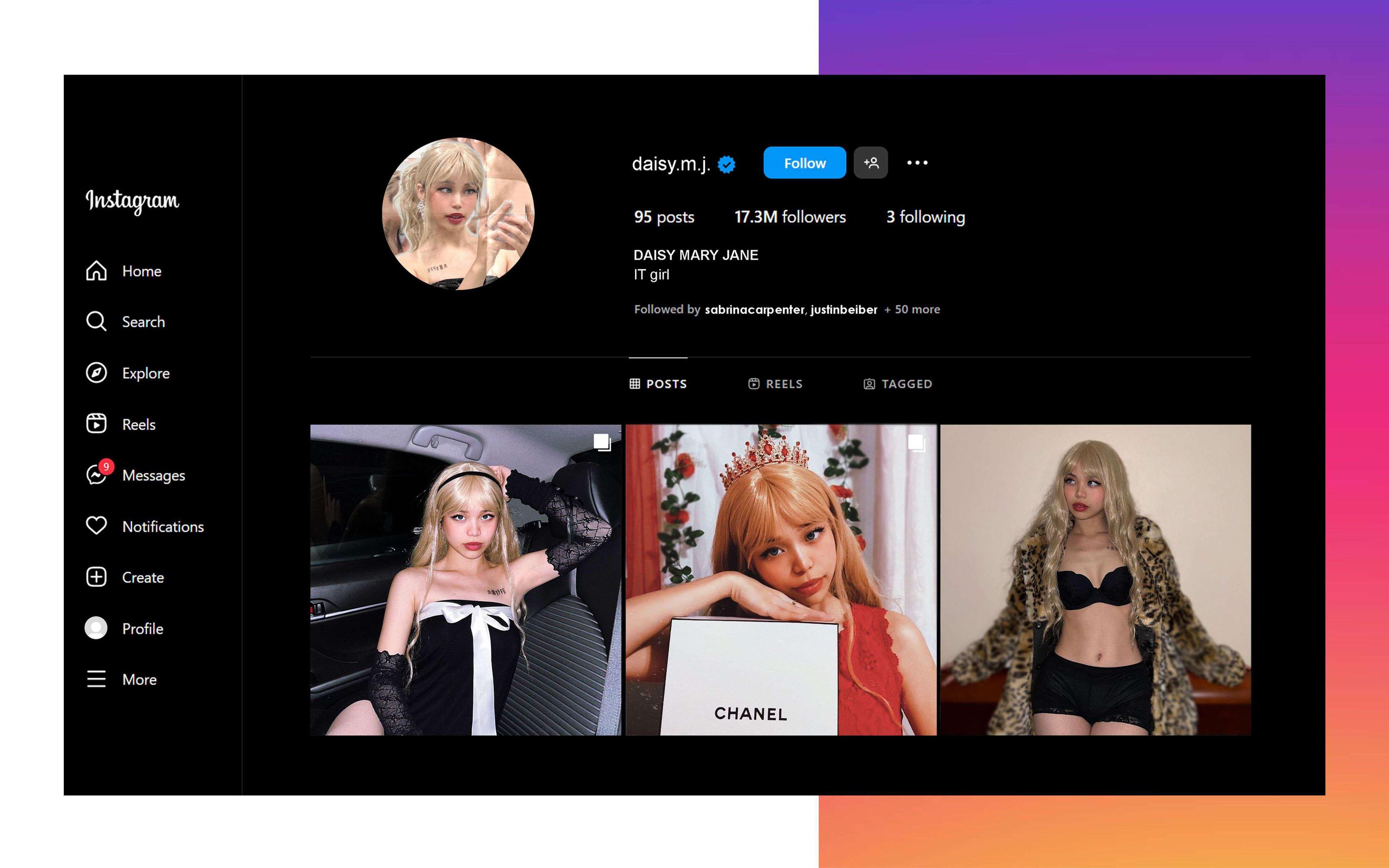
90

91
Rosie Nguyen
What If I Had Been That Girl
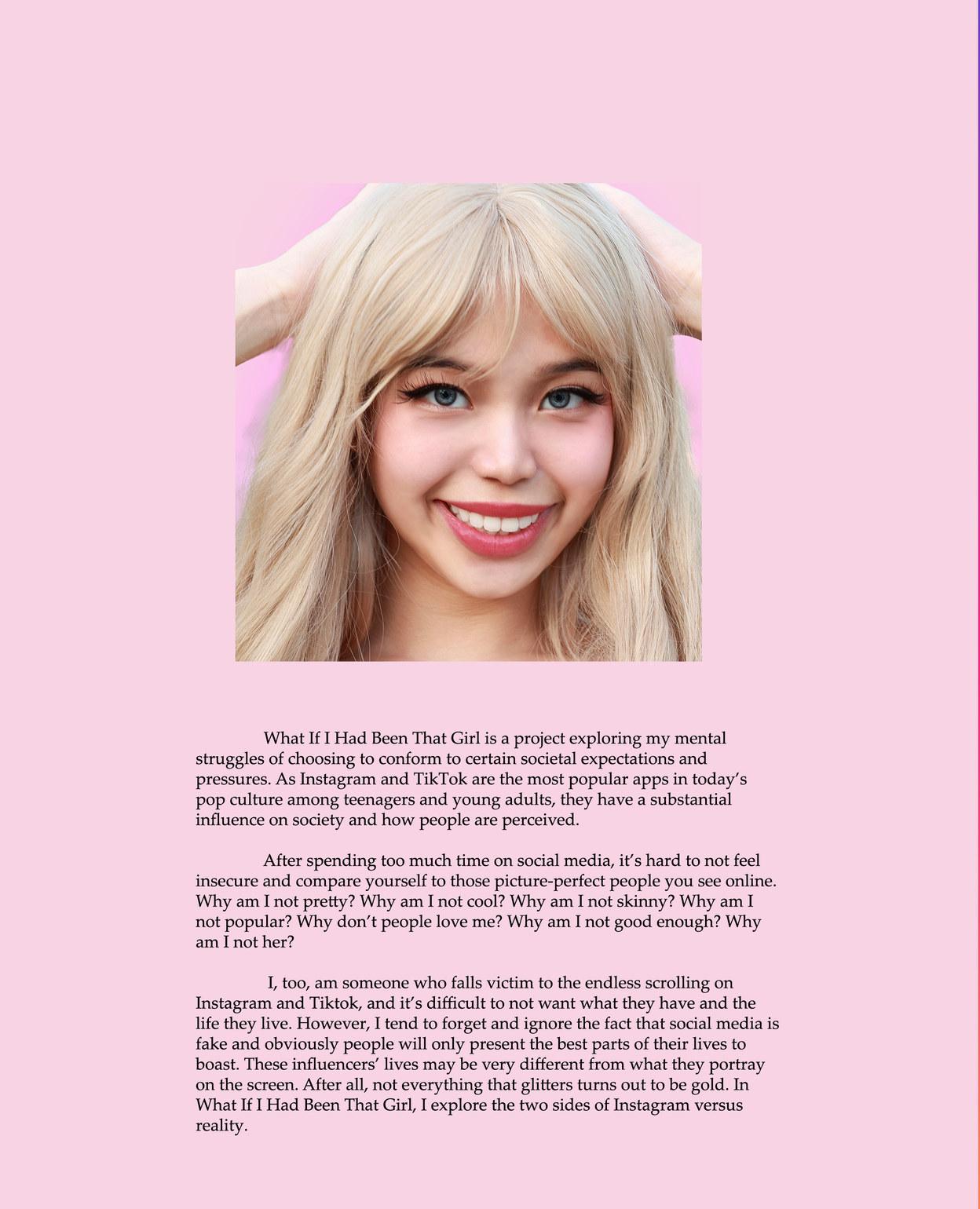
92
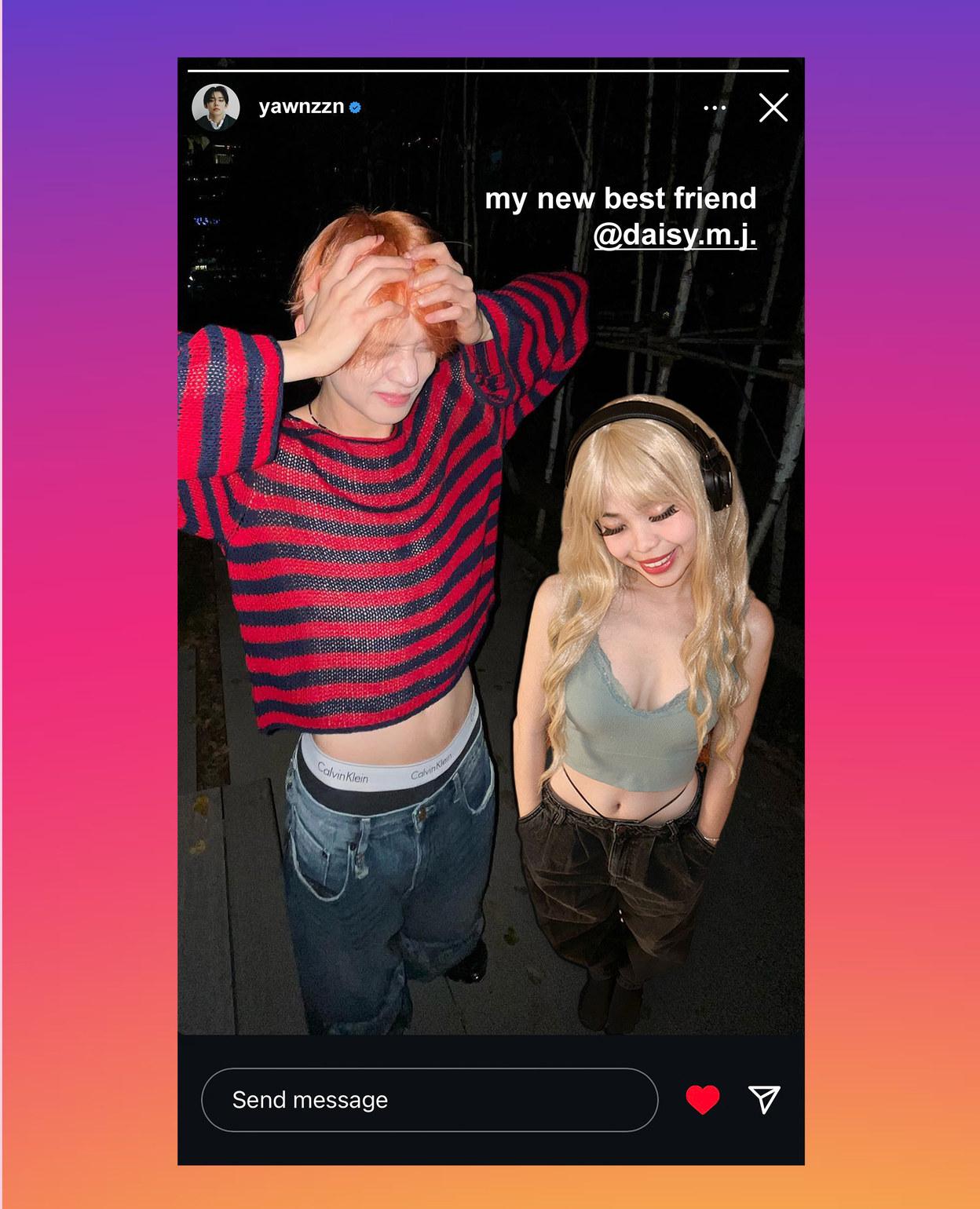
93

94
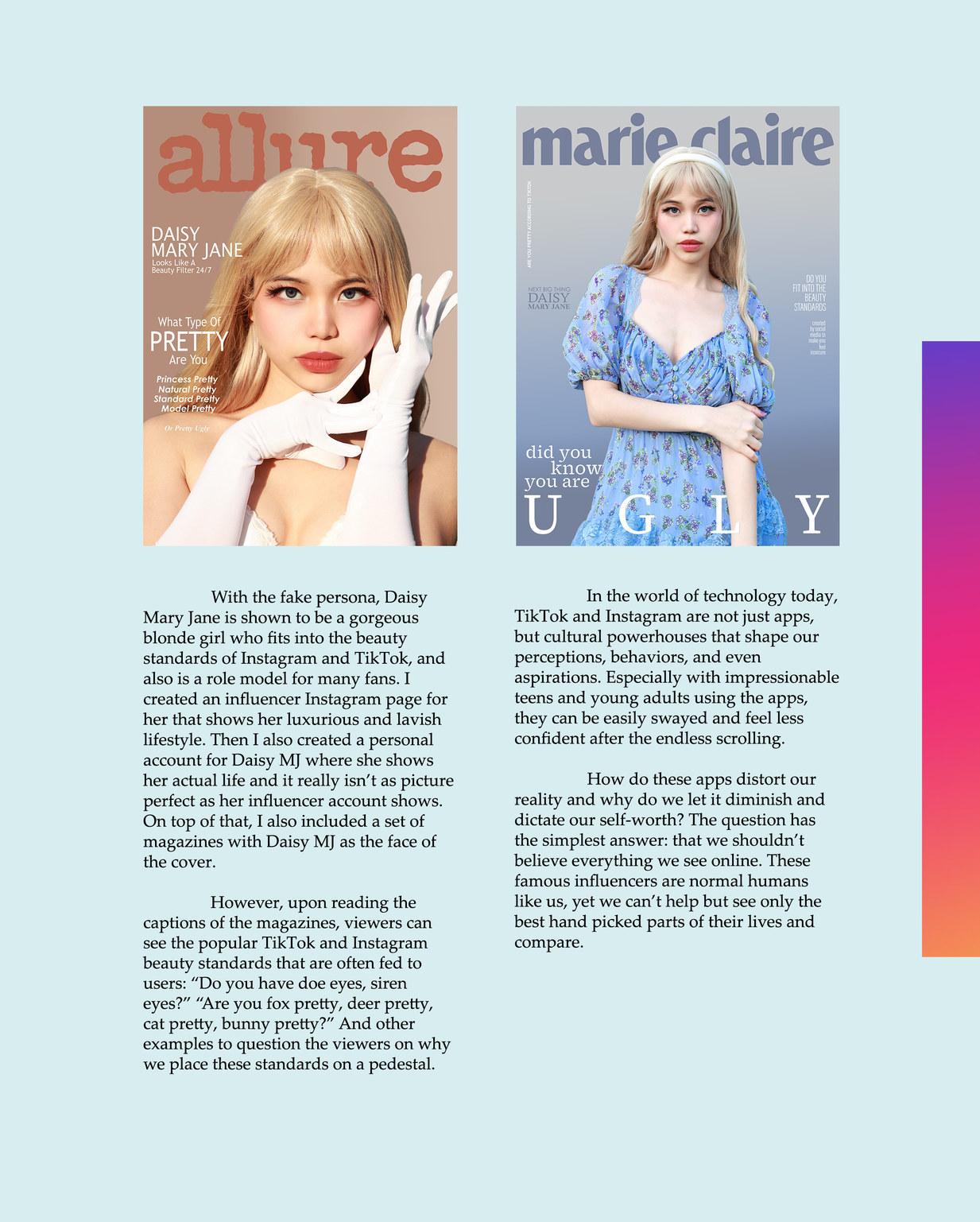
95
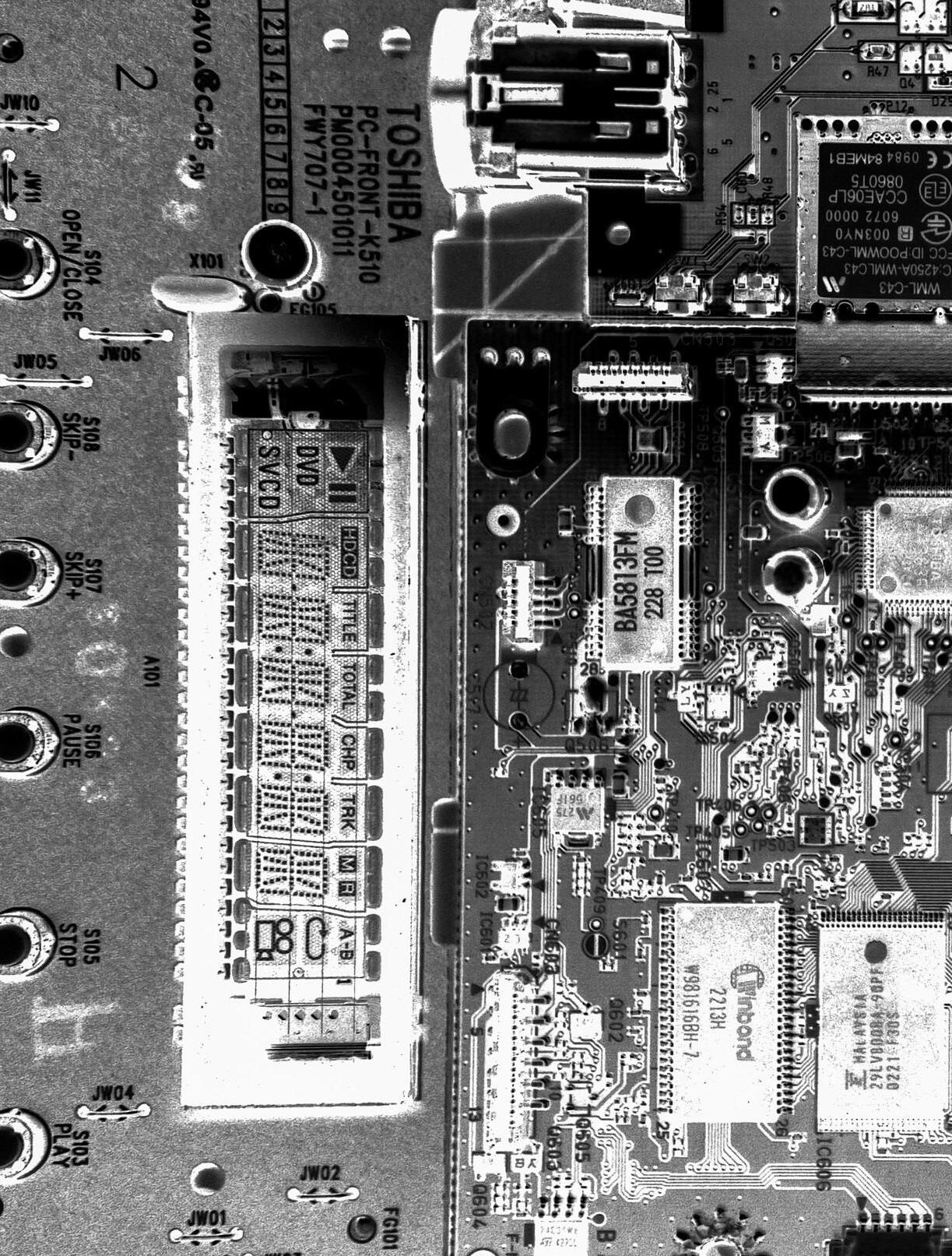

96

97
Peter Nguyen

Decluttering
98

99

100

101




102


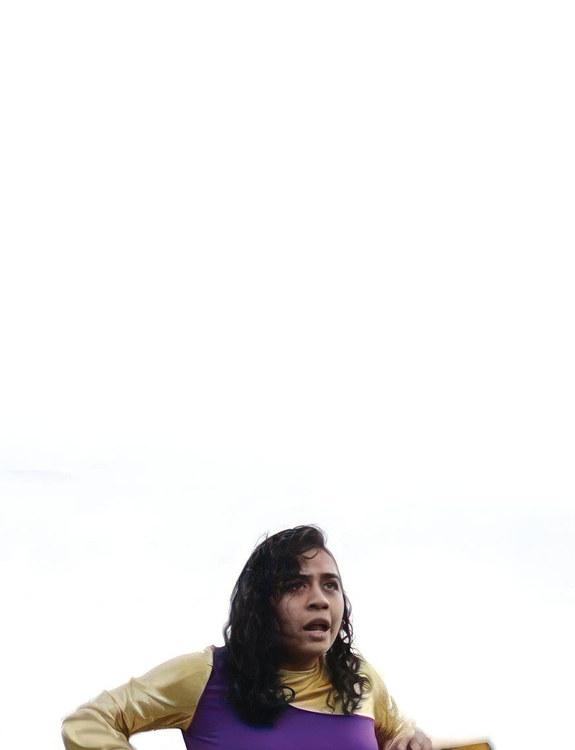

103
Ruth Campos
In Spirit and Truth
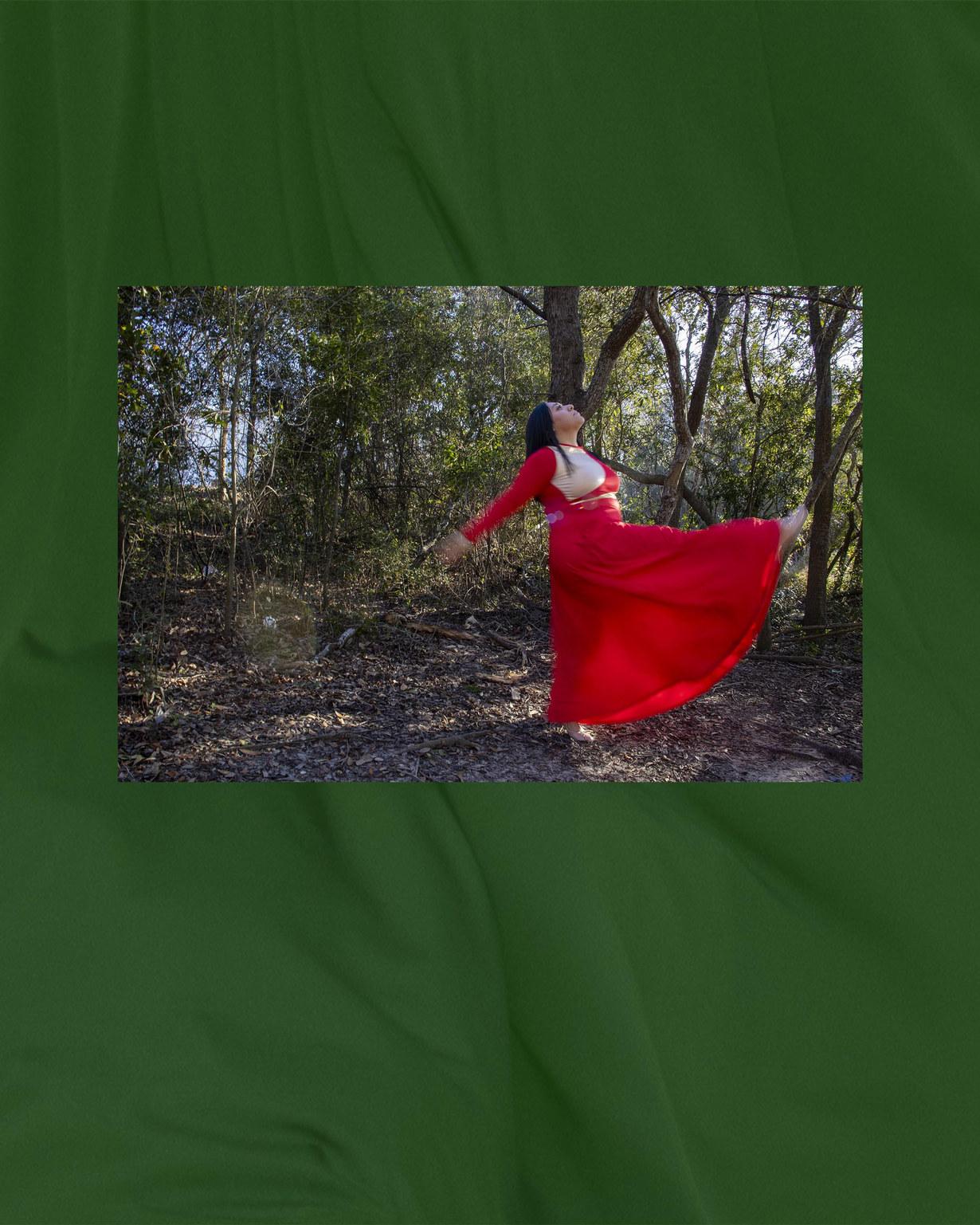


104



105

106

107

108

109
Hanna Lopez
Fears and Dreams


110

111

112

113
Thank you to our professors; Jamie Ho, Keliy Anderson-Staley, and Lorena Molina for mentoring us through this journey.
114

































































































































































































































































































































































































































































































